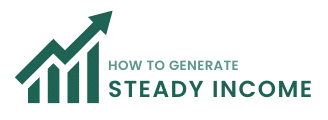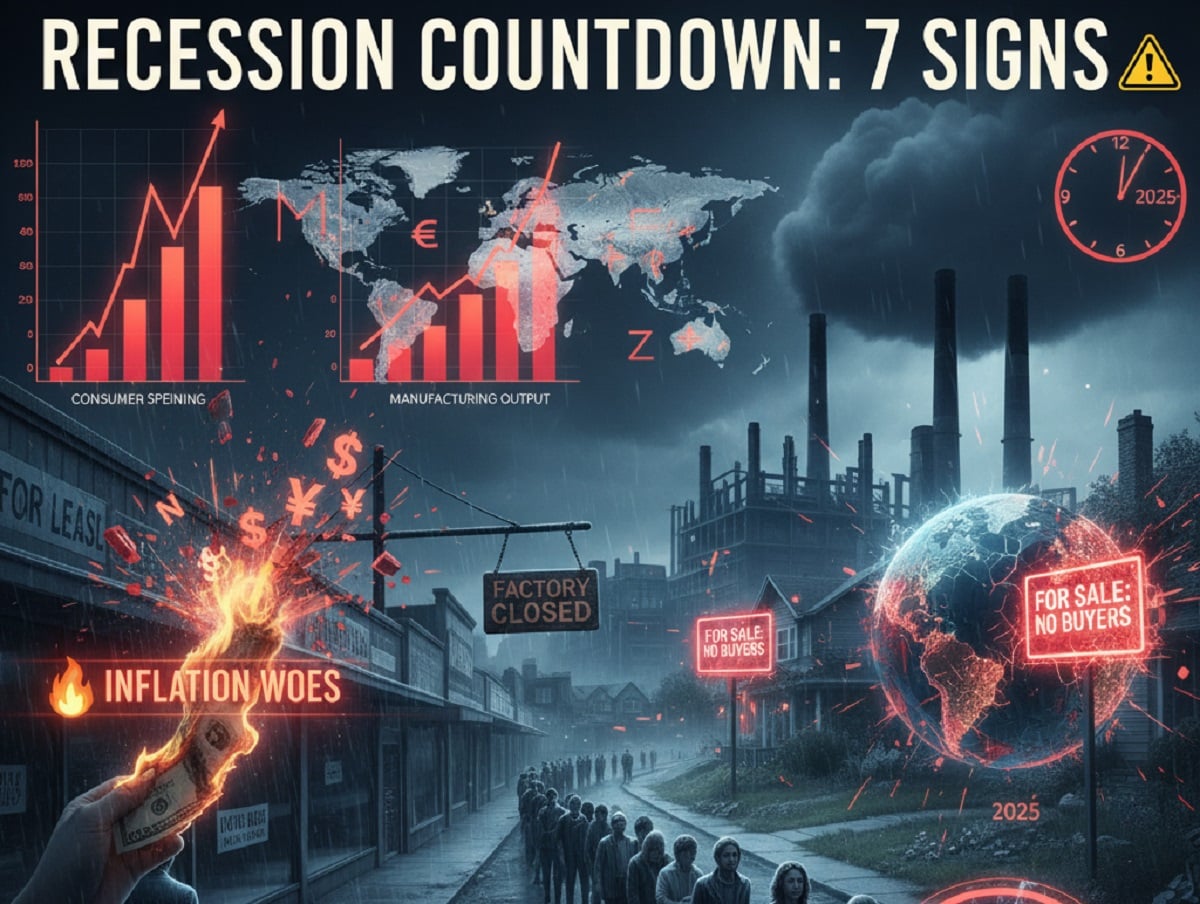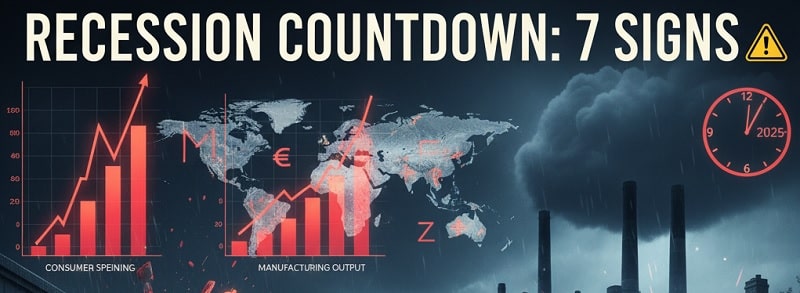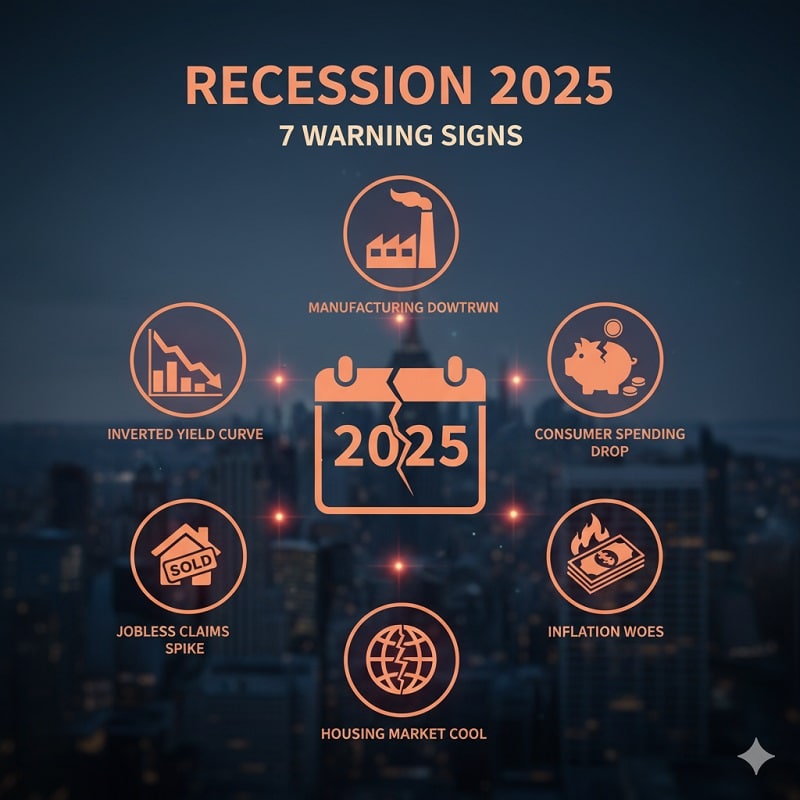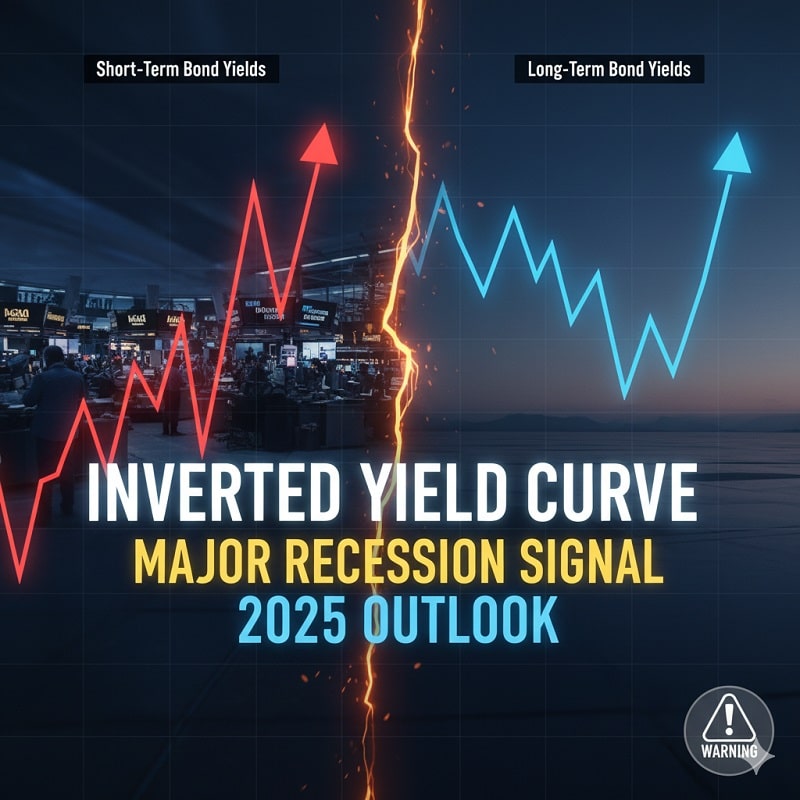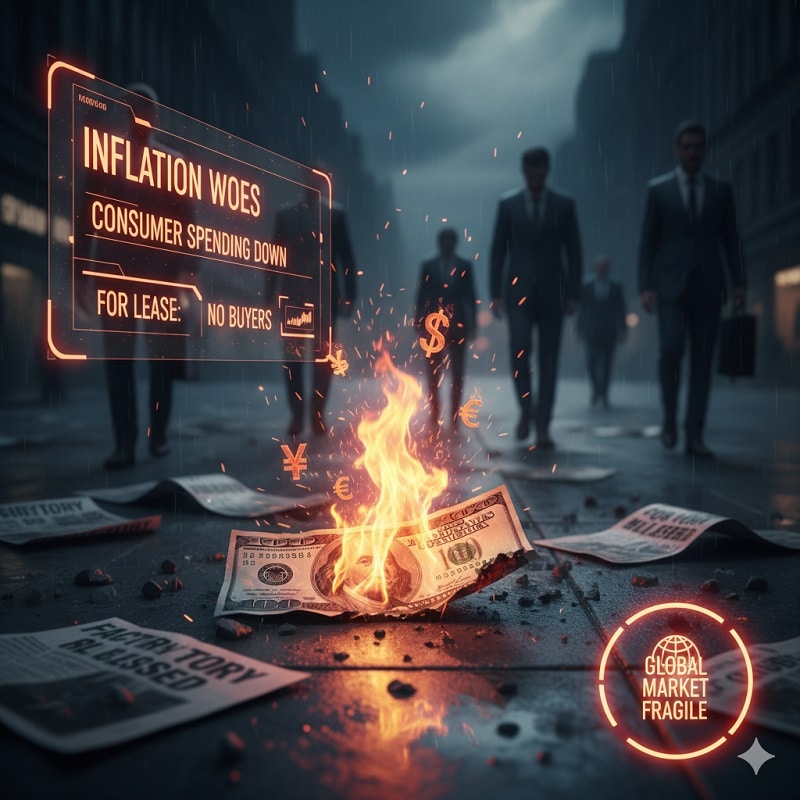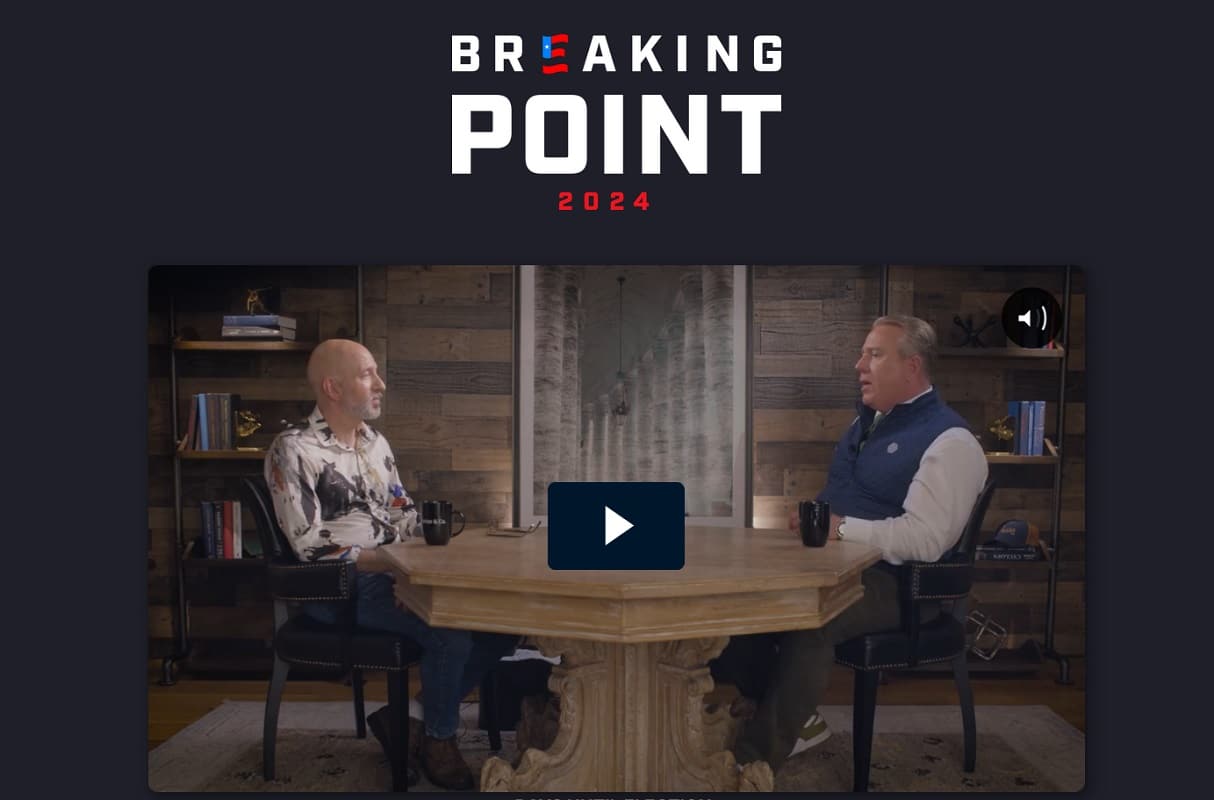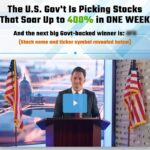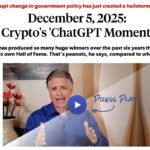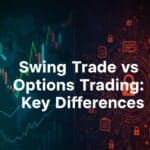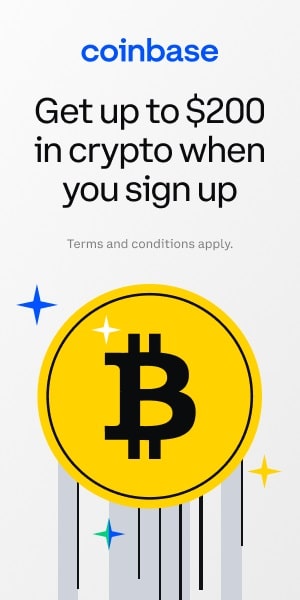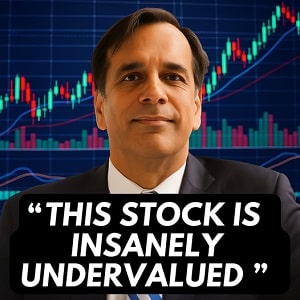You might be noticing it already—the headlines, the chatter around the water cooler, the uneasy feeling in your wallet. Inflation seems “under control,” interest rates are high, and yet the news keeps talking about a “soft landing” while millions of Americans quietly feel squeezed. So, the big question looms: Is the U.S. heading for a recession in 2025?
It’s a tricky question. On paper, the economy looks okay—jobs are plentiful, GDP growth hasn’t collapsed, and the stock market hasn’t tanked. But history shows that recessions rarely announce themselves politely. They creep up, often leaving people unprepared until it’s too late.
That’s why this article exists: to walk you through the 7 warning signs that could signal trouble, break down the numbers in plain English, and explain what you can do now to protect your wealth—drawing on insights from leading economists, including Jim Rickards, whose predictions have been eerily accurate for decades.
What Exactly Is a Recession—and Why Should You Care?
The word “recession” gets tossed around a lot. Some pundits warn about it whenever the stock market dips a few percent; others claim the economy is resilient enough that recessions don’t matter anymore. So what does it actually mean?
Definition: A recession is a significant decline in economic activity lasting more than a few months, measured across GDP, employment, production, and consumer spending. In the U.S., the National Bureau of Economic Research (NBER) makes the official call—but often months after the recession has started.
Why This Matters to You
A recession isn’t just a term for economists. It hits everyday life in very real ways:
-
Job losses: Companies cut staff, reducing household income.
-
Shrinking investments: Stocks and retirement accounts can drop 20–50% or more.
-
Rising bankruptcies: Both businesses and individuals feel the pinch.
-
Housing pain: Home prices stagnate or fall, sometimes dramatically.
Imagine your 401(k) dropping while your rent keeps rising—that’s why understanding and preparing for a recession matters.
“By the time the Fed admits we’re in a recession, it’s often too late to protect yourself.” – Jim Rickards
Historical Context: Learning from the Past
Looking back helps make sense of the present:
-
2008 Financial Crisis: The housing bubble burst, unemployment soared, and trillions in wealth vanished.
-
2020 Pandemic Recession: Sharp GDP decline, followed by stimulus-fueled recovery.
-
2022 “Technical Recession”: GDP contracted for two quarters, but employment remained strong, confusing many investors.
The key takeaway: Recessions don’t always look the same—but they always hit unprepared people hard. And if the warning signs in 2025 are accurate, it could be a bumpy ride ahead.
What to Expect in This Article
In the sections that follow, you’ll discover:
-
The current economic landscape in 2025, including inflation, Fed policy, and global risks.
-
7 warning signs that indicate a potential recession.
-
Insights from leading economists, especially Jim Rickards’ unique perspective.
-
Practical steps to protect and grow your wealth before the storm hits.
By the end, you’ll understand the signals and have a clear action plan—without needing a degree in economics.
The Current Economic Landscape in 2025
Before we dive into the warning signs, let’s take a clear look at the U.S. economy today. On the surface, things look decent: GDP is growing, unemployment is low, and the stock market hasn’t crashed. But if you look closer, cracks are starting to show—cracks that could turn into bigger problems in 2025.
GDP Growth: Slowing, But Not Dead
The U.S. economy grew at around 2% in 2024—modest, but positive. On paper, that seems reassuring. But here’s the catch:
-
Household spending is slowing as credit card debt reaches record levels.
-
Business investment is pulling back amid uncertainty over interest rates.
-
Government spending is propping up growth, but it’s creating a massive debt load.
In short, the economy is limping along—not sprinting. It’s the classic “looks fine until it isn’t” scenario.
Inflation: The Calm Before the Storm?
Inflation has cooled from its 2022 highs of 9% to roughly 3–3.5% in 2025. Sounds good, right? Maybe. But the reality for most Americans is different:
-
Prices haven’t fallen; they’ve just plateaued at higher levels.
-
Core inflation—especially in housing and services—remains sticky.
-
Wage growth isn’t keeping up with costs, squeezing household budgets.
Consumers feel the pressure, and credit card debt continues to climb past $1.2 trillion. Jim Rickards warns this isn’t the end of inflation—it’s merely a pause.
“The Fed hasn’t defeated inflation; they’ve just postponed the next battle,” he says.
The Federal Reserve: Between a Rock and a Hard Place
The Fed faces a tricky balancing act:
-
Keep interest rates high → risk triggering a deep recession.
-
Cut rates too early → risk reigniting inflation.
Currently, rates are elevated compared to pre-pandemic levels. Mortgage rates hover between 6–7%, making housing less affordable and slowing home sales. Corporate borrowing is expensive, which could slow business investment.
As Rickards puts it:
“The Fed is trapped. Every move they make has consequences—and most Americans won’t see them coming until it’s too late.”
Corporate Earnings & Layoffs
The cracks show most clearly in corporate America:
-
Tech layoffs continue after over-hiring during the pandemic boom.
-
Retail giants are closing stores due to declining foot traffic.
-
Small businesses are shutting down at rates unseen since 2009.
Earnings reports show shrinking profit margins. Companies are issuing downward guidance, signaling caution. When businesses start cutting back, it’s not just their bottom line at risk—jobs, suppliers, and the local economy all feel the pinch.
Consumer Debt & Confidence
Consumers are the engine of the U.S. economy, and right now, that engine is strained:
-
Credit card rates are sky-high (20%+), making debt expensive.
-
Auto loan delinquencies are creeping up, especially among subprime borrowers.
-
Student loan repayments have resumed, tightening household budgets even more.
Surveys indicate that confidence is wavering. People are starting to pull back on spending—delaying big purchases, skipping vacations, and saving less. This slowdown in consumption can quickly snowball into broader economic trouble.
Global Headwinds
The U.S. doesn’t operate in a vacuum. Global pressures add another layer of risk:
-
China’s economic slowdown threatens trade and supply chains.
-
European economies are weak, grappling with energy costs and inflation.
-
BRICS nations are exploring alternatives to the U.S. dollar, challenging its global dominance.
Add geopolitical tensions—Russia-Ukraine, U.S.-China relations, Middle East instability—and the economic picture becomes far more fragile.
Markets vs. Reality
Interestingly, the stock market hasn’t collapsed. The S&P 500 has held steady, fueled by AI hype, passive investment inflows, and optimism that the Fed will “rescue” the economy.
But as history shows, markets can remain irrational for a while—and then crash suddenly. Those unprepared when reality hits can suffer severe losses.
Jim Rickards warns:
“Markets can stay irrational longer than you can stay solvent. When reality finally hits, it hits fast—and without mercy.”
7 Warning Signs the U.S. Could Enter a Recession in 2025
The economy doesn’t collapse overnight. It gives off signals—subtle clues that alert those who know where to look. In 2025, some of these warning signs are already flashing red. Let’s break them down below.
Warning Sign #1: Yield Curve Inversion – The Classic Predictor
You’ve probably heard about the yield curve. It sounds technical, but here’s the simple version: it’s a graph comparing short-term and long-term government bond interest rates. Normally, long-term bonds yield more because tying up money longer carries more risk.
The problem: When short-term rates rise above long-term rates—a phenomenon called yield curve inversion—it signals that investors expect slower growth ahead. Historically, every U.S. recession in the past 50 years was preceded by this inversion.
In 2025, the curve remains inverted. The bond market is effectively saying: “Trouble’s coming.”
Why it matters to you: Banks make less profit when the curve is inverted, which leads to tighter credit, higher loan costs, and slower business growth. If you rely on borrowing—whether for a home, car, or business—you’re feeling the pressure before most people even notice.
Jim Rickards calls it the single most reliable predictor of recession:
“The yield curve isn’t speculation—it’s the market’s early warning system. And right now, it’s screaming.”
Action tip: Position some wealth in safe, liquid assets and avoid overly speculative investments while this signal remains active.
Warning Sign #2: Declining Consumer Confidence
The U.S. economy runs on one engine: consumer spending, which makes up roughly 70% of GDP. When people pull back, the ripple effects hit every corner of the economy.
Right now, consumer confidence is falling. Surveys show:
-
More households expect their finances to worsen.
-
Big-ticket purchases are being delayed—cars, appliances, vacations.
-
People are tightening belts on everyday spending, from dining out to entertainment.
Why? Inflation may have slowed on paper, but living costs are still high: groceries, rent, healthcare, and energy remain expensive. When people feel less secure, spending slows—and that alone can push the economy into contraction.
Rickards emphasizes:
“Confidence is fragile. When it cracks, the economy can follow fast, even if the fundamentals aren’t terrible.”
Action tip: Build an emergency fund and prioritize essentials over discretionary spending.
Warning Sign #3: Corporate Layoffs & Weak Earnings
Corporate America rarely signals trouble directly, but layoffs and shrinking profits are clear indicators. In 2025:
-
Tech companies continue trimming staff after over-expansion during the pandemic.
-
Retail giants are closing stores as foot traffic drops.
-
Small businesses are shuttering faster than most people realize.
Earnings reports show shrinking profit margins, and companies are issuing downward guidance. This isn’t just a corporate issue—job cuts ripple through local economies, reducing spending, weakening suppliers, and putting more pressure on households.
Jim Rickards warns:
“Layoffs usually start at the edges, but they move inward quickly. By the time headlines scream, it’s too late to act.”
Action tip: Review your job security, diversify income sources if possible, and consider defensive investments like cash, gold, or stable dividend stocks.
Warning Sign #4: Inflation Is Down—but Not Out
Headlines have cheered as inflation falls from its 2022 peak. But here’s the reality: prices haven’t returned to pre-pandemic levels—they’ve plateaued at a higher baseline.
-
Core inflation in housing, healthcare, and services remains stubborn.
-
Even if headline inflation is around 3%, many families feel the pinch daily.
-
Wage growth isn’t keeping up with costs, leaving disposable income squeezed.
Jim Rickards calls this the “inflation illusion”:
“The Fed hasn’t defeated inflation—they’ve merely delayed the next battle. When rates drop, inflation could spike again.”
Action tip: Consider hedging with gold, real assets, or inflation-protected securities to preserve purchasing power.
Warning Sign #5: Exploding National Debt
The U.S. national debt has surged past $34 trillion, and projections show it rising faster than GDP. Why does this matter?
-
Debt servicing alone could exceed $1 trillion per year.
-
Borrowing to pay interest becomes a vicious cycle, leaving less money for infrastructure, healthcare, and social programs.
-
Confidence in government debt could falter, forcing the Fed to step in—potentially fueling inflation.
Rickards warns of a “Debt Death Spiral”:
“The government can print to cover its bills, but that erodes the value of the dollar. History shows this rarely ends well.”
Action tip: Diversify internationally, reduce exposure to long-term U.S. bonds, and hold assets that retain value in currency crises.
Warning Sign #6: Geopolitical Tensions & Currency Wars
Global instability adds another layer of risk. Some key factors:
-
BRICS nations are developing alternatives to the U.S. dollar, threatening its global dominance.
-
Sanctions and trade conflicts encourage countries to seek alternatives to the dollar.
-
Digital currencies (CBDCs) could give governments unprecedented control over transactions, potentially destabilizing traditional banking.
Rickards calls this the era of Currency Wars:
“When nations compete to devalue, confidence in fiat money erodes. That’s when gold and hard assets outperform.”
Action tip: Consider holding gold, foreign currency, or internationally diversified assets as a hedge against global risks.
Warning Sign #7: Cracks in the Banking System
Banking failures in 2023 and 2024 were brushed off as isolated events—but the underlying issues persist:
-
Regional banks are exposed to collapsing commercial real estate markets.
-
Deposits are moving toward bigger banks or money market funds, straining smaller institutions.
-
Derivatives and opaque financial products leave banks vulnerable to sudden shocks.
The FDIC can’t insure large-scale failures, and government bailouts could mean printing money, fueling inflation.
Rickards emphasizes:
“The banking system survives on confidence. Lose that, and everything unravels quickly.”
Action tip: Keep only necessary funds in checking accounts, diversify deposits across strong institutions, and hold a portion of wealth outside the banking system.
What Leading Economists Are Saying About a 2025 Recession
We’ve explored the warning signs. Now let’s see what the experts are saying—and where opinions diverge.
Mainstream View: Soft Landing Hopes
Many analysts remain cautiously optimistic. They argue the U.S. can avoid a severe recession, citing:
-
GDP growth: Around 2% projected for 2025.
-
Employment: Labor market remains relatively strong.
-
Fed intervention: Interest rates may be adjusted to support growth.
Goldman Sachs, for example, predicts mild slowdown rather than a sharp contraction. The Fed has also emphasized its commitment to achieving a “soft landing.”
Sounds reassuring—but history warns us not to rely solely on optimism.
Skeptical Economists: Warning of a Tougher Reality
Other voices are more concerned:
-
Larry Summers warns that prematurely cutting rates could reignite inflation.
-
Nouriel Roubini predicts stagflation, where growth stalls and inflation persists.
-
Jeffrey Gundlach points to bond markets signaling recession.
These perspectives highlight that while growth may persist superficially, underlying risks could still trigger a downturn.
Jim Rickards: The Contrarian Perspective
Jim Rickards stands out because he combines financial insight with geopolitical intelligence.
-
He predicted the 2008 financial crisis and many currency-related shocks years in advance.
-
He sees the 2025 scenario differently: a potential rolling crisis triggered by multiple interacting factors—credit, banking, geopolitical tensions, and inflation.
Rickards warns:
“The next crisis won’t just hit the economy—it will hit the system. Markets, currencies, and governments will all be tested simultaneously.”
Why Rickards’ Approach Matters
Unlike mainstream analysts, Rickards examines:
-
Systemic interconnections (how banking, debt, and currency risks interact).
-
Behavioral economics (how fear and confidence shifts trigger broader crises).
-
Geopolitical factors (currency wars, sanctions, and global shifts in power).
His insights often seem contrarian—but history shows they’re accurate. This is why investors turn to Strategic Intelligence: to get early warnings before the headlines arrive.
Mainstream vs. Rickards: Key Difference
-
Mainstream: Believes the Fed can manage inflation and growth.
-
Rickards: Argues the Fed is trapped; any policy change risks destabilizing another area.
Most investors wait for the government or media to signal danger. Rickards’ approach flips the script: act before the system shows cracks.
Why Strategic Intelligence Is Critical
This newsletter isn’t just about commentary—it’s a proactive intelligence tool:
-
Receive alerts on potential economic shocks.
-
Get guidance on wealth protection and growth during downturns.
-
Understand global financial and geopolitical risks before they hit mainstream awareness.
Rickards’ subscribers gain strategic foresight, not just hindsight.
How to Prepare for a 2025 Recession – Actionable Steps
We’ve covered the warning signs, the current economic landscape, and what leading experts—including Jim Rickards—are saying. Now it’s time to answer the most important question: What can you do to protect yourself and your wealth before a potential recession hits?
Step 1: Strengthen Your Cash Position
Liquidity is king. When markets get rough, cash allows you to:
-
Cover emergencies without taking on debt.
-
Take advantage of opportunities when asset prices drop.
How much should you hold?
Financial planners typically recommend 3–6 months of expenses. In uncertain times, 6–12 months is safer.
Where to keep it:
-
FDIC-insured accounts at strong banks
-
Money market funds with low risk
-
Short-term Treasury bills
Avoid locking all your money into long-term or illiquid investments.
Step 2: Reduce High-Interest Debt
Debt can become a trap during a downturn. Rising unemployment and tighter credit can make repayment difficult.
Focus on:
-
Paying off credit cards first (20%+ APR is brutal during recessions).
-
Refinancing or consolidating loans before lenders tighten rules.
-
Avoiding new consumer debt unless absolutely necessary.
This step reduces financial stress and gives you flexibility.
Step 3: Reassess Your Investments
Markets can remain irrational for months, even years. But history shows that recessions often lead to sharp corrections in stocks, bonds, and real estate.
Ask yourself:
-
Are you overexposed to high-risk sectors?
-
Do you hold assets that historically perform well during recessions?
Rickards’ advice:
-
Consider a barbell strategy—a mix of ultra-safe assets (like gold or Treasury securities) and opportunistic investments poised for upside.
-
Reduce exposure to speculative sectors.
-
Include real assets like gold, which preserve wealth during economic and currency shocks.
Step 4: Diversify Beyond the Dollar
Currency risk is real. Rising debt, geopolitical tensions, and global moves away from the dollar could weaken its value.
What you can do:
-
Hold some assets in foreign currency accounts or international ETFs.
-
Own gold or silver outside the banking system.
-
Explore non-dollar-denominated investments, but understand the risks.
Rickards emphasizes diversification as protection against systemic shocks.
Step 5: Prepare for Geopolitical & Digital Risks
Central Bank Digital Currencies (CBDCs) and global financial shifts mean control over money could change drastically.
Steps to safeguard:
-
Keep part of your wealth in physical assets.
-
Avoid complete reliance on digital banking systems.
-
Stay informed about geopolitical events—Rickards covers these in Strategic Intelligence.
Step 6: Stay Ahead of the Curve
Information is your most valuable asset. Waiting for the media or government to confirm a recession usually means acting too late.
How to stay proactive:
-
Track early-warning signals from experienced analysts.
-
Focus on second- and third-order effects, not just surface-level indicators.
-
Make decisions based on intelligence, not panic.
Rickards’ newsletter gives subscribers early alerts and actionable strategies, keeping them ahead of the curve.
Conclusion: The Clock Is Ticking
Recessions rarely announce themselves. By the time mainstream headlines scream “recession,” the damage is often already done.
The warning signs for 2025 are clear:
-
Yield curve inversion
-
Falling consumer confidence
-
Corporate layoffs
-
Sticky inflation
-
Rising national debt
-
Geopolitical and currency tensions
-
Cracks in the banking system
Mainstream analysts hope for a soft landing. Jim Rickards warns that the risks are real—and potentially severe.
Your Next Move
You’ve read thousands of words on the 2025 recession, now it’s time to act.
Jim Rickards’ Strategic Intelligence gives you:
-
Early warning signals the media misses
-
Step-by-step strategies to protect and grow your wealth
-
Exclusive research on gold, safe-haven assets, and systemic risks
“When the system breaks, it will break fast. The time to prepare is now, before the headlines hit.” – Jim Rickards
Subscribe to Strategic Intelligence now to get his full 2025 Recession Survival Blueprint and start protecting your wealth today.
FAQ: Preparing for a Potential 2025 Recession
Is the U.S. economy really heading for a recession in 2025?
Many economists think a slowdown is likely, and several red flags—like the inverted yield curve, stubborn inflation, and layoffs—are already flashing. Mainstream analysts talk about a “soft landing,” but Jim Rickards warns that the risks are more serious. His newsletter, Strategic Intelligence, gives readers an early look at these threats and how to prepare.
What are the main warning signs of a recession I should watch?
There are seven big ones right now: yield curve inversion, falling consumer confidence, layoffs, weaker earnings, persistent inflation, rising national debt, and cracks in the banking system. Experts like Jim Rickards track all of these in real time and explain what they mean for your money in Strategic Intelligence.
How can I protect my money before a recession hits?
Start with the basics: build an emergency fund, pay down high-interest debt, and make sure your investments aren’t too concentrated in risky sectors. For a more advanced approach, Rickards recommends a barbell strategy—a mix of very safe assets and strategic upside plays. He breaks it all down step-by-step in Strategic Intelligence.
Is gold still a safe bet in a recession?
Yes—gold has historically preserved wealth during market crashes and currency crises. Jim Rickards considers it a core holding, not just a hedge. Strategic Intelligence gives practical advice on how much to hold and the safest ways to own it.
Could the dollar lose value in 2025?
It’s possible. Rising debt and global moves to reduce reliance on the dollar could weaken it over time. Rickards explains how to hedge this risk with gold, foreign assets, and other strategies in Strategic Intelligence.
Should I keep investing in stocks right now?
Timing the market is tricky. Many investors shift toward defensive sectors or safe-haven assets when uncertainty spikes. Rickards focuses on protecting wealth first, while also highlighting opportunities that arise in volatile markets.
What is Jim Rickards’ Strategic Intelligence?
It’s a research service that helps readers spot financial risks before they hit mainstream news. Subscribers get early warnings, crisis-prepared strategies, and exclusive insights into gold, currency, and economic trends.
When’s the right time to prepare for a recession?
The short answer: yesterday. By the time the news reports a recession, prices have often already dropped, and opportunities vanish quickly. Strategic Intelligence gives early alerts so you can act before most people even realize the risk.
